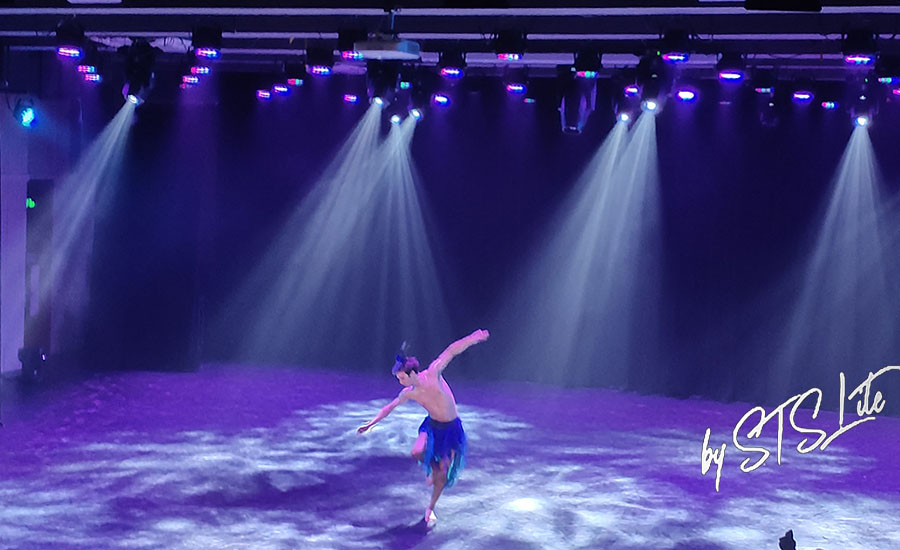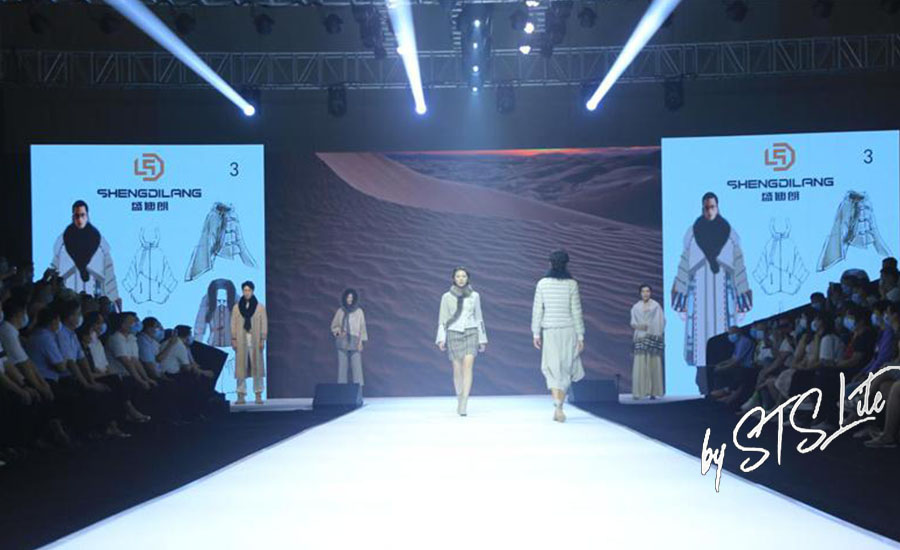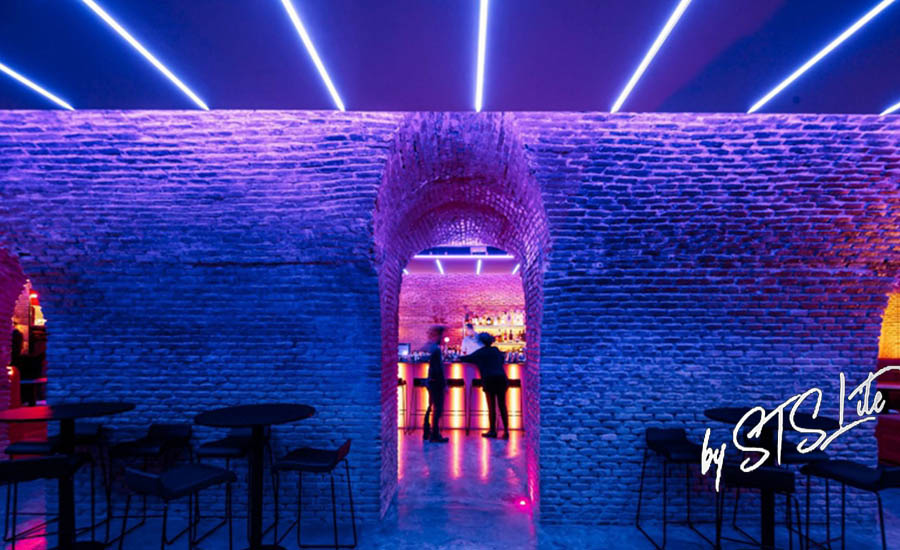The development of Chinese opera has a long history, but the lighting history of opera stage is very short. However, the role of stage lighting and the speed of artistic development are amazing.
As far as stage aesthetics is concerned, the symbolism, expressionism, cubism, constructivism and even phantom art and collage art of opera stage lighting are numerous, which makes different opera stage art styles, different schools, different artistic aesthetic angles, the methods of interpreting stories and the distance of promoting plot means seem to be different.

Once after dinner, someone asked me why the effect and artistic conception of opera stage lighting were not as shocking as a series of national large-scale activities such as the Spring Festival Gala and the Olympic Games. At that time, I didn't answer. My colleagues said that they had good equipment.
Today, I will discuss with you the mirror image and three-dimensional of opera stage lighting.
The mirror image of opera stage lighting. In my opinion, if there is no strong contrast required by the plot, we should first ensure the overall picture of the stage, rather than a hazy, freehand, ancient and dignified stage picture, and use the computer lights of modern technology to illuminate the actors' faces or the bodies of special performances. A statement should first show the actors' performances, As everyone knows, this way of breaking the overall picture is like the sudden appearance of a bright red dragonfly on an elegant ink painting, which is not only awkward, but also spoils the overall stage lighting artistic effect, but also gives the audience an extremely uncomfortable vision. What's more, when the actors run fast on the stage, they follow the light all the time, but it is difficult to unify the speed of light chasing and the performance speed of the actors. It's like two drunks chasing after each other, and it's like a chorus suddenly comes with an out of tune singer.
Mirror image, first of all, is the integrity of the picture in static state. It is not only the prerequisite element of expressionism and constructivism, but also the first platform of symbolism and Cubism, but also the cornerstone of phantom art and collage art.

I have seen the lighting of a play. I personally think it is a masterpiece of collage art. Abstraction gives the audience imagination, and art creates more space for the actors' performance. The geometric lines and elegant colors of collage, the actors' clothing props and the ups and downs of the plot form the artistic response and echo. But most of the judges didn't applaud.
Art is the artist's own business. For example, abstract poetry is difficult to resonate with the public. We can't help but admit that some judges have limited acceptance, cognition and appreciation of modern art. Moreover, opera is a comprehensive art, and a judge may be an expert in singing and a layman in lighting.
Computer lights are the new darling of the opera stage. In the lighting set of a war scene, a group of computer lights in the sky send out the silhouette of a group of characters. The special silhouette effect and stage rendering effect have indeed become an infectious mirror effect. Also, in the play "LISS", when LISS pushed a large part of his confession to the climax, all the stage lights suddenly went dark, and the plot was pushed to the climax with a beam of computer light.
In fact, mirror image is not the performance without three-dimensional, on the contrary, three-dimensional covers the generation of mirror image.
Three dimensional is not only the embodiment of the lighting division's artistic ability, but also the embodiment of the lighting division's talent in dealing with the integration and complementarity of lighting and setting.
It should be said that the three-dimensional setting of modern opera has developed to a certain extent and presented to a certain level. Then, the lighting division's primary solution is to broaden the three-dimensional of the set. In realism and illusion, we should respect the needs of the stage and the plot, rather than taking it for granted, drawing on the subject, violating the artistic principles and the theme highlighted by the script.

LISS. Qin Shihuang led ordinary people to stand on the high platform of the sky curtain to inspect the lively turning and beating scene on the stage. If the actors on the high platform of the sky curtain have poor photosensitive ability, the turning of the scene is in the centralized position of the light source, and the simple operation without using their brains will result in indiscriminate primary and secondary, exaggeration, and completely violate the needs of the plot and the requirements of the script. I use the strong light of the sky curtain to make the silhouette effect, and then use the computer lamp to illuminate the actors on the sky curtain platform. Turn on half of the light source of the scene, and use orange as the main color. In this way, the orange yellow of the scene and the light blue of the actors on the sky curtain platform form a three-dimensional feeling, which also reflects the character and the foreshadowing of the script.
Three dimensional is to consider the overall stage mirror image. Instead of simply dividing the stage into several fragmented performance areas and taking it for granted, cut it into nondescript artistic dross with scissors.
Copyright © 2021 GuangZhou STS Lighting Equipment Co.,Ltd. | All Rights Reserved